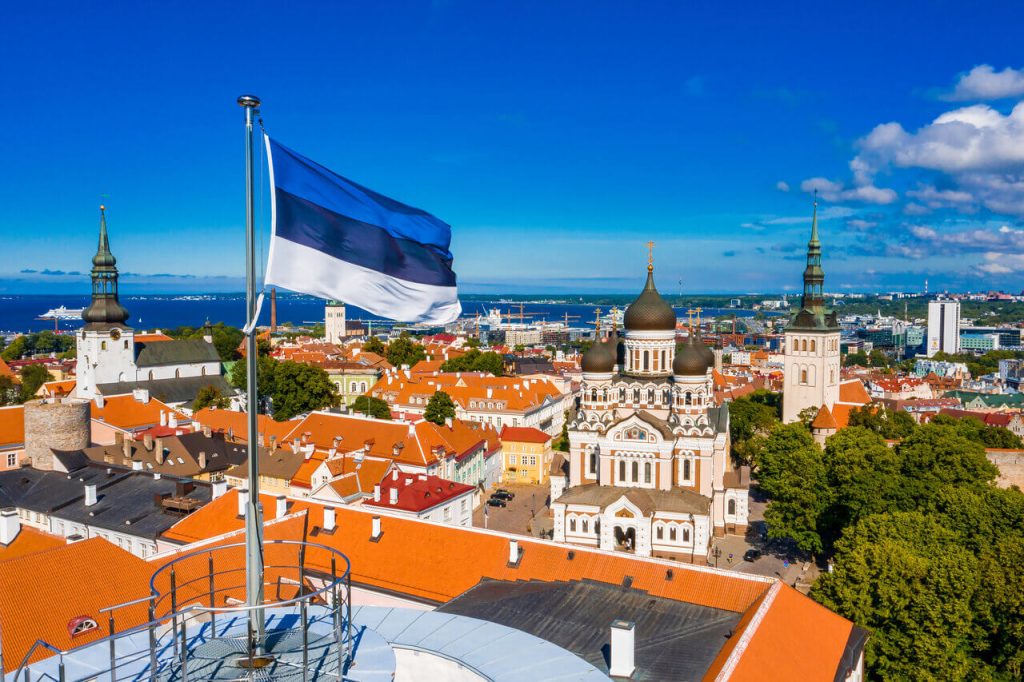

HISTORICAL OVERVIEW OF ESTONIA
The Republic of Estonia, situated on the eastern shores of the Baltic Sea, represents a significant case study in Northern European history and development. Estonia's geopolitical position, bordering Finland, Russia, Latvia, and with proximity to Sweden across the Baltic Sea, has profoundly influenced its historical trajectory and contemporary socio-political frameworks. The country encompasses over 2,000 islands and maintains one of Europe's lowest population densities, contributing to its status as one of the continent's most ecologically preserved nations.
Estonia's contemporary governance structures have garnered international attention for pioneering digital initiatives, most notably the implementation of electronic voting systems and the development of comprehensive e-governance platforms. This technological advancement has positioned Estonia as a leader in cybersecurity infrastructure, with remarkably low reported instances of digital crime. The capital city of Tallinn, while preserving its medieval architectural heritage, simultaneously functions as a hub for technological innovation.
Of particular academic interest is Estonia's approach to educational reform, which has systematically integrated technological literacy and practical skills development across all educational levels. This educational model responds directly to evolving industry requirements while maintaining adherence to international academic standards. The distinctive combination of historical preservation and technological progression continues to define Estonia's development trajectory in the 21st century.





































